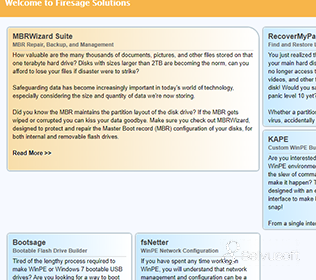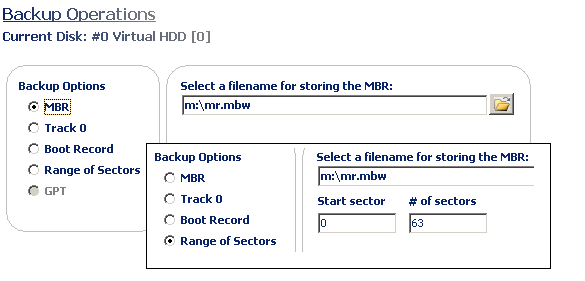

Start small, and try to make a list of 10 things you’re grateful for. If you can find things to be grateful for, the burdens you’re carrying will feel lighter. I’m convinced that gratitude is the necessary prerequisite for joy in life. A short, 10 minute walk around the block doesn’t require driving anywhere or a change of clothes, but it does a beautiful job in supporting our need for movement and in lifting the spirits and clearing the mind. Low intensity exercise is the easiest to do and also the most impactful in improving insulin sensitivity with low effort. The solution for your burnout probably isn’t more work, more intensity, or a 5-day-a-week gym routine. Look for people who see you as the strong, resilient, and capable person you are. Not the people who feel sorry for you or try to “fix” you (they can’t). Reach out to the people you can trust and count on.

Talking to someone who really understands you will help.A blood sugar reading is a piece of information, an opportunity to learn, and a signal for how your body is responding to your environment. This reading isn’t “bad” and it isn’t a grade of your success or worth. This is not the first time you’re going to have a 250+ high blood sugar reading. It took me years to learn (and apply) these strategies to cope with burnout, but these are the practical things I wish I could go back and tell my younger self. It is a struggle to feel motivated to take care of yourself.You feel paralyzed by how much work it is to care for your Diabetes and live a normal life.You feel alone, and it feels like no one understands what you’re going through.You’re angry at your body for “failing” you all the time.You don’t bother regularly checking blood sugar or taking medications.The effort needed to manage your Diabetes just doesn’t feel worth it.While Diabetes burnout looks and feels different for everyone, here are a few themes I’ve noticed in myself and in my clients when Diabetes burnout is showing up. With no end in sight, was it even worth trying? No matter how hard I tried, I could never “fix” T1D.

There were no days off, no vacations, and no birthdays without T1D.Īs a teenager with Type 1 Diabetes, the constant burden was overwhelming. “But I think we’ll have a cure in the next 10 years.”įor the first few years, I imagined my stint with Diabetes was temporary, and that someday soon, everything would go back to how it once was.īut as my years with T1D lengthened, I started to realize that waiting for a cure wasn’t enough to get me through when I would have given anything for just “one day off.” On the day I was diagnosed with T1D, I remember asking my doctor: “will I always have this?”


 0 kommentar(er)
0 kommentar(er)
